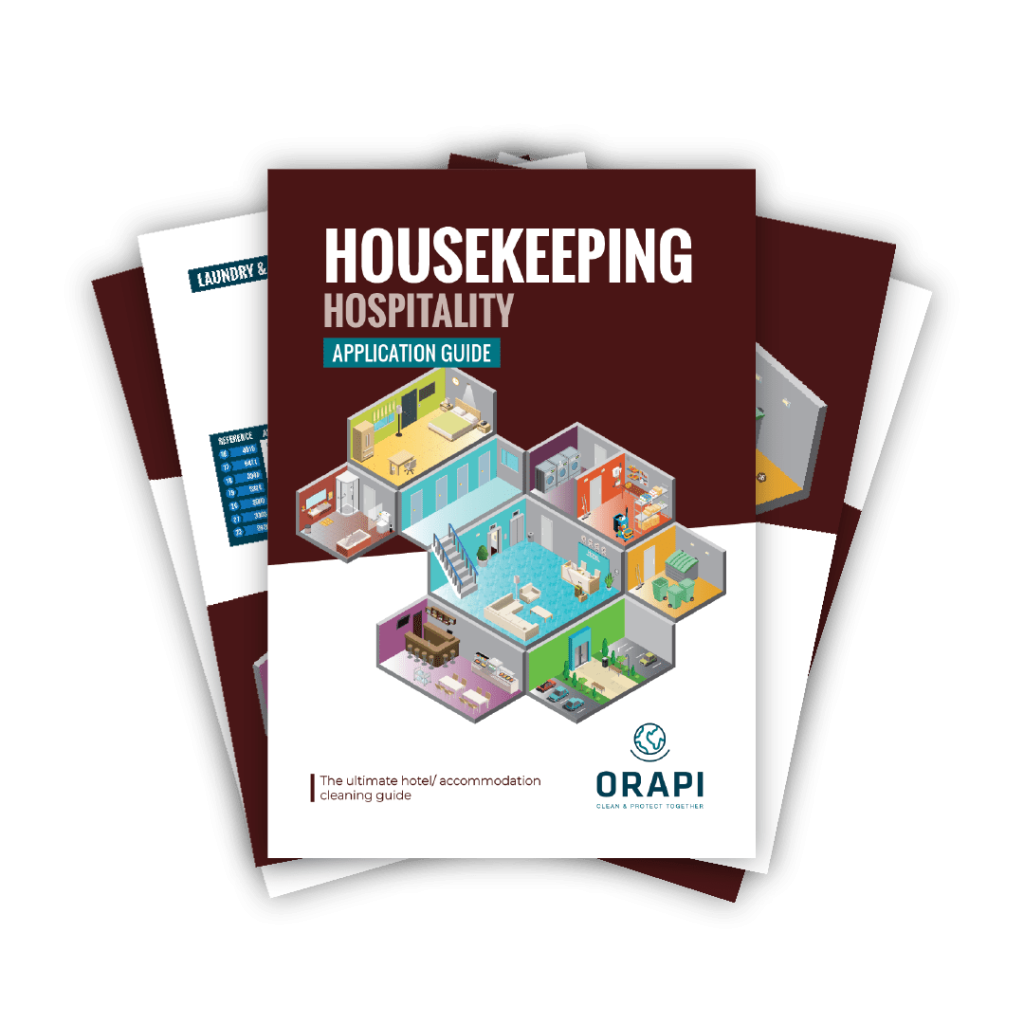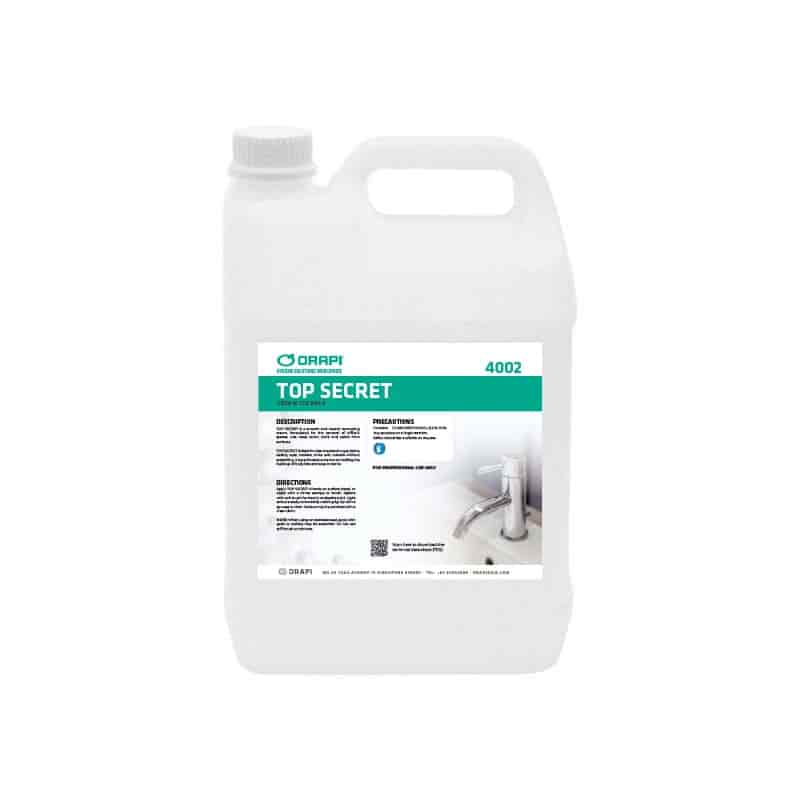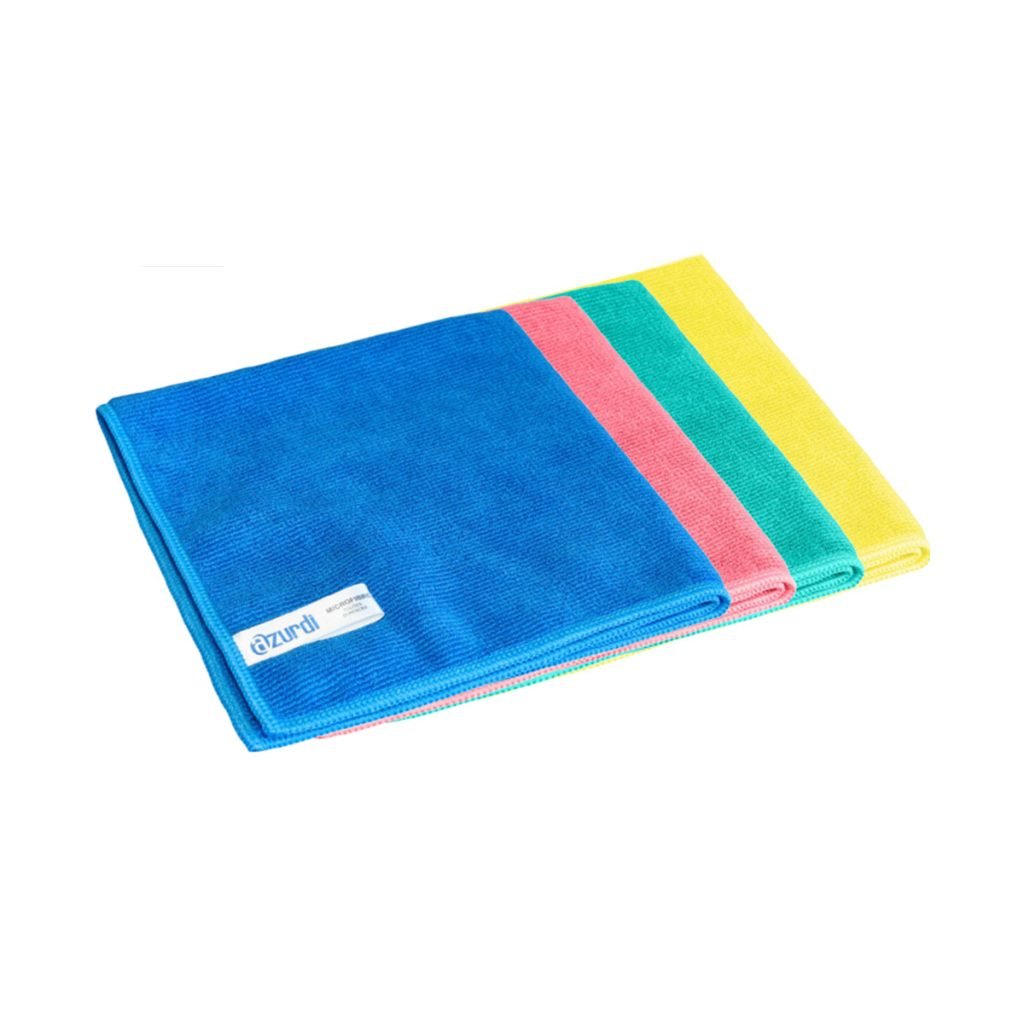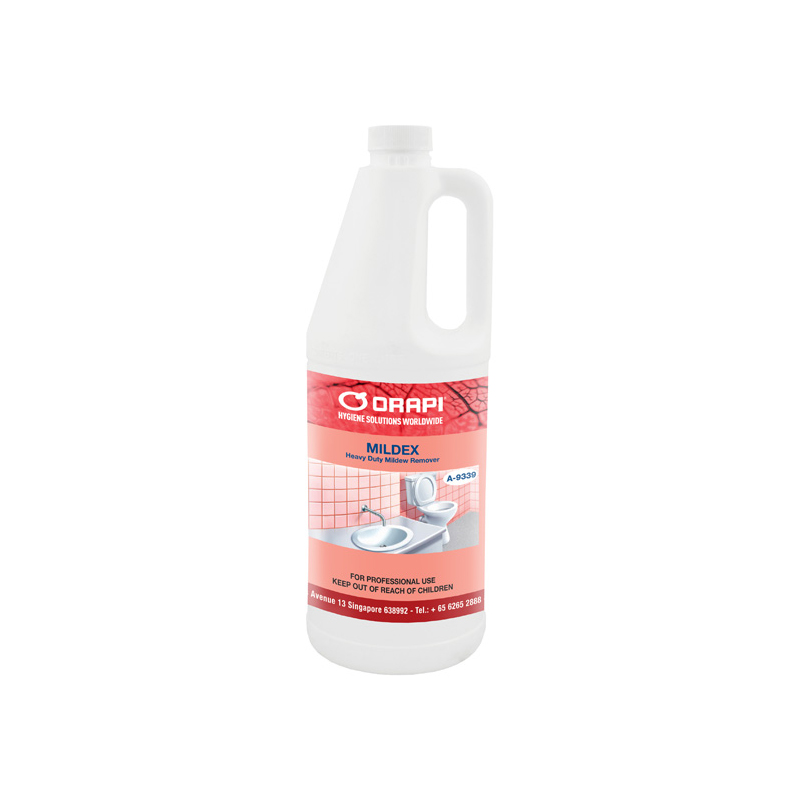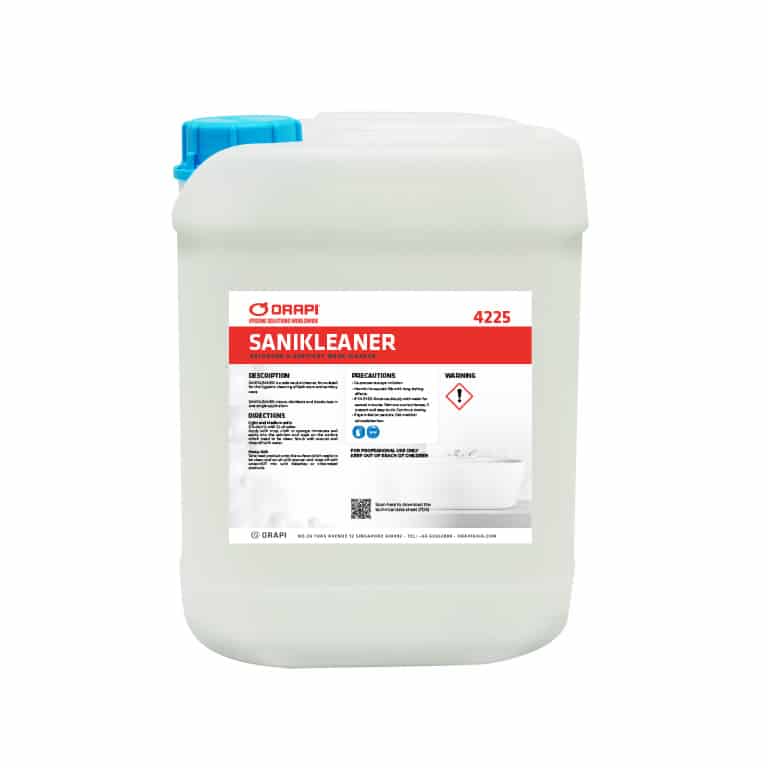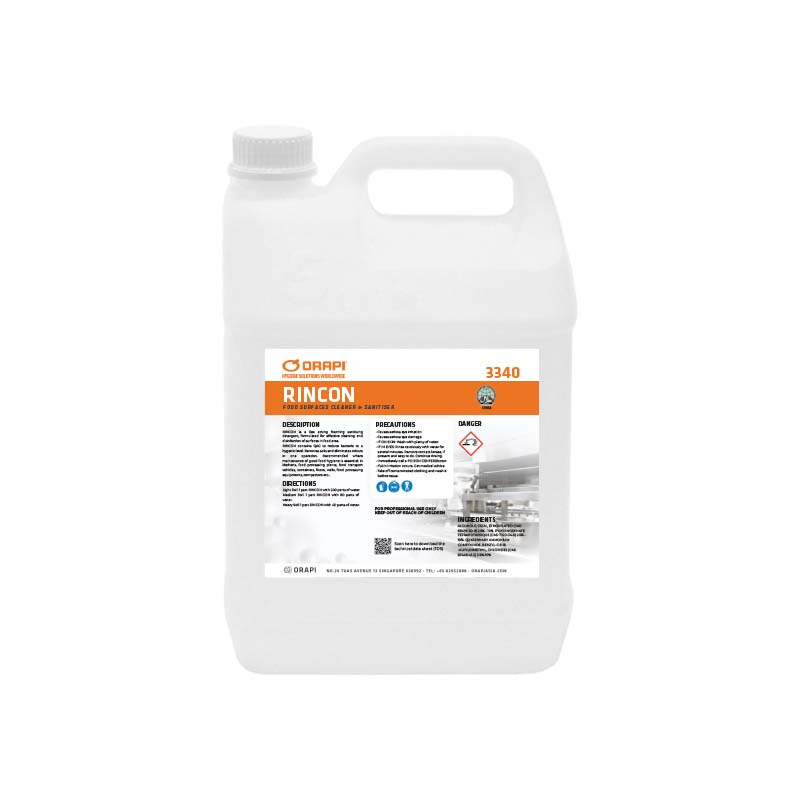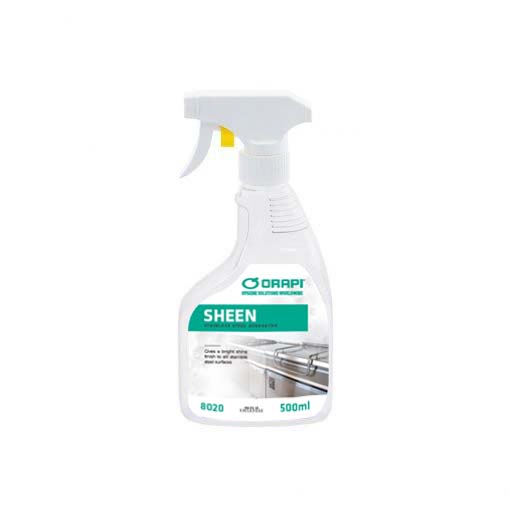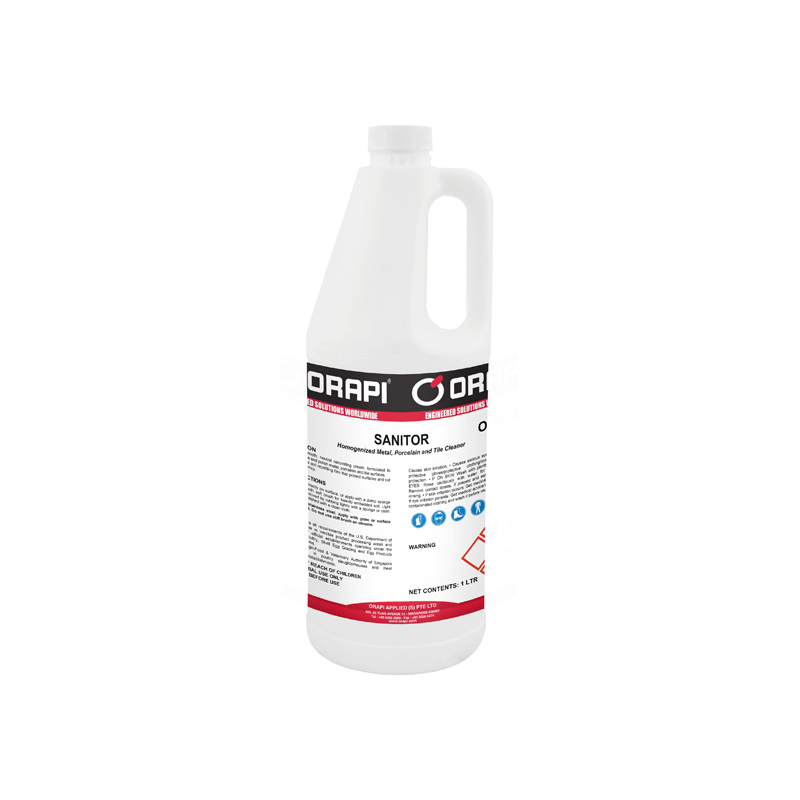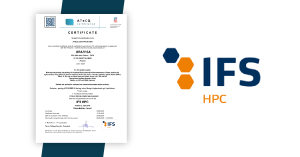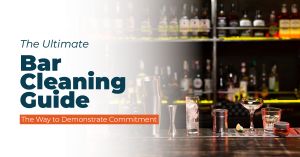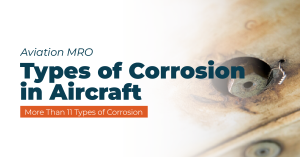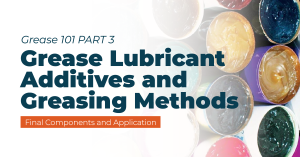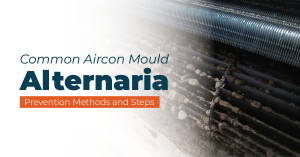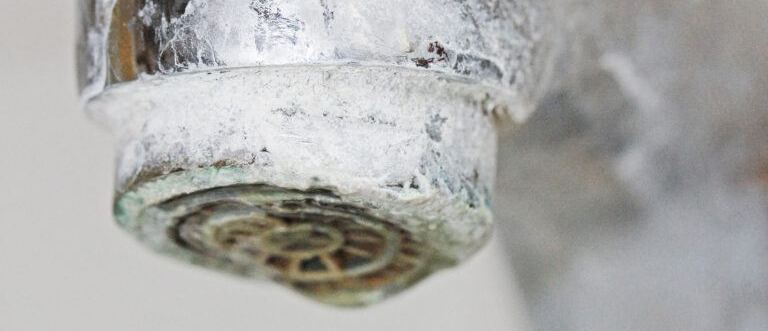
Why Is Soap Scum a Problem
In hotels, the issue of soap scum in bathtubs becomes particularly pronounced due to the high volume of guests using the facilities. Often, individuals may not give adequate attention to cleaning the tubs or the shower areas after use, leading to the gradual accumulation and hardening of soap scum. The continuous flow of guests and the repeated usage of soap and bathing products contribute to the buildup of this stubborn residue.
Furthermore, if guests do not ensure proper drainage or if there is a blockage in the shower drain, it can impede the water from fully draining, exacerbating the problem. In the hospitality industry, maintaining a pristine and inviting atmosphere is crucial, making regular cleaning and drainage maintenance essential to prevent soap scum-related issues and ensure a positive guest experience.
What Is the Science Behind Soap Scum Formation
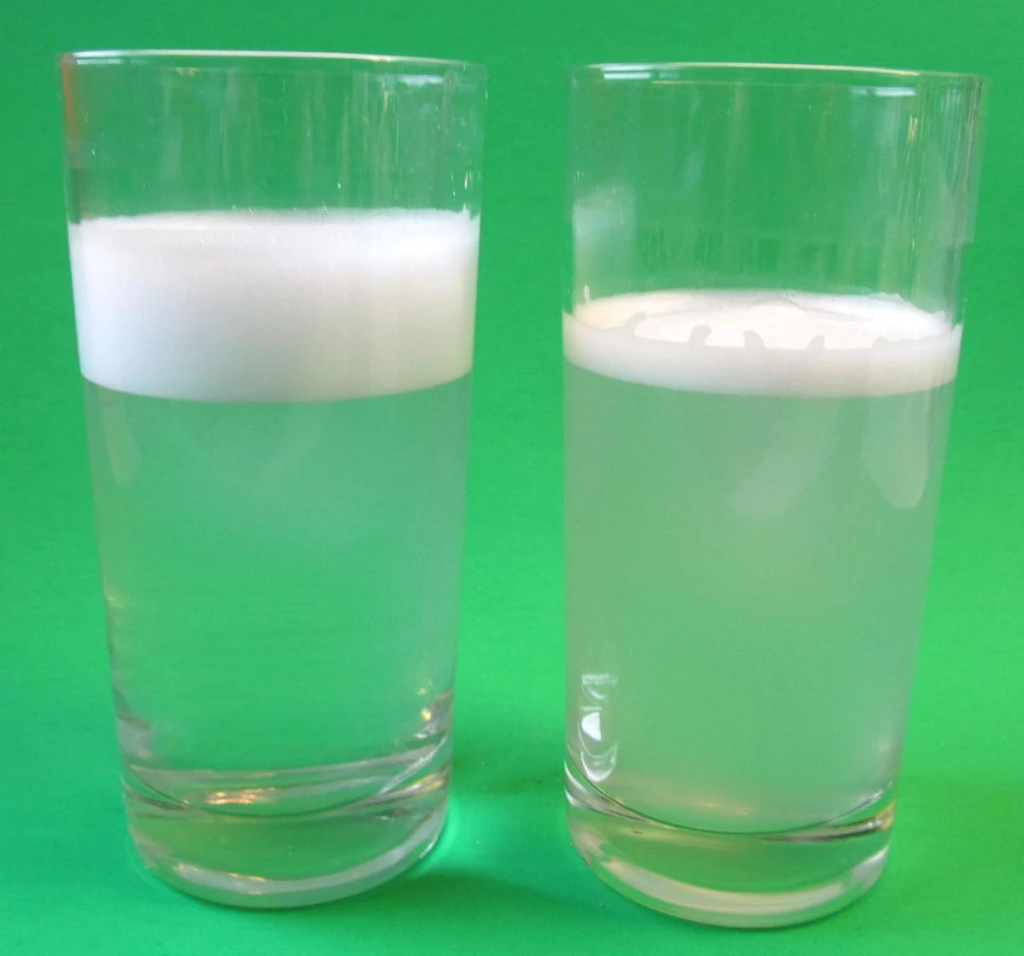
Soap scum forms when the fatty acids in soap react with minerals in hard water, primarily calcium and magnesium ions. Soap molecules have a hydrophilic (water-attracting) head and a hydrophobic (water-repelling) tail. When soap is used in hard water, the calcium and magnesium ions combine with the soap molecules, forming insoluble compounds. This reaction leads to the precipitation of soap scum, which is a solid, sticky residue. The scum adheres to surfaces, such as shower walls and glass doors, creating a visible and often challenging-to-remove film. The combination of soap scum with other substances like body oils and skin cells contributes to the formation of the stubborn deposits commonly seen in bathrooms.
Preventing soap scum involves using water softeners, alternative cleaning products, or regular cleaning to mitigate the impact of hard water minerals on soap molecules. In the following sections, we will recommend the best methods and products to remove soap scum from various bathroom surfaces.
The Chemical Reaction
For example: If the soap used is sodium stearate (sodium salt of stearic acid), the reaction with calcium ions in hard water can be represented as:
2C17H35COO−Na++Ca2+→(C17H35COO)2Ca+2Na+
The formed calcium or magnesium salts are not soluble in water and appear as a solid, sticky residue, known as soap scum.
The precipitation of these insoluble compounds (calcium or magnesium salts of the fatty acids) forms the soap scum that adheres to surfaces like shower walls and glass doors. This scum, combined with other substances like body oils and skin cells, contributes to the formation of the stubborn deposits commonly seen in bathrooms.
Bathroom Surface Soap Scum Cleaning Frequency
Ideally, hotel bathrooms should be cleaned daily or after each guest’s stay to prevent the buildup of soap scum. It is much easier to remove thin layers of soap scum than to wait for months to tackle thicker layers.
Soap Scum Removal from Glass Shower Doors

ORAPI RECOMMENDS:
ORAPI RECOMMENDS:
Cleaning Shower Door Tracks

It is important to open windows and turn on fans before starting. Remember to wear rubber gloves, too. Spray the cleaner on the surface and let it sit for 1-2 minutes, then carefully but thoroughly scrub the track with a soft sponge. If the fumes are bothersome, either apply the cleaner with a sponge or leave the room while waiting for it to work. For heavy soap scum soiling, use a thin bristle brush to scrub through the crevices and lines.
ORAPI RECOMMENDS:
MILDEX is a heavy-duty chlorinated penetrating formula that destroys mildew stains and soap scum stains that build up on grout or tile surfaces wherever dampness encourages these stains to form.
MILDEX contains a fresh fragrance that effectively masks chlorine odour after it is rinsed off.
Removing Soap Scum from Fibreglass Tubs & Showers

Fibreglass tubs and showers are a durable, cost-effective, and luxurious addition to bathrooms. However, fibreglass finishes are prone to losing their shine due to soap scum and using harsh cleaners, and abrasive scouring pads can damage them. The good news is that there are specialised commercial cleaners available that can effectively remove tough grease, rust, soap scum, scale, and stains from fibreglass tubs and showers, resulting in a sparkling clean finish.
Directions for Removal
When maintaining the cleanliness of fibreglass tubs and showers, it is important to choose a safe and neutral cleaner, as these fixtures will be used for bathing and filled with water. Additionally, selecting a product that does not cause the fibreglass to lose its shine is essential. For daily cleaning, soak a cloth or sponge in the cleaning solution and apply it to the fibreglass tub. Use a scourer to scrub off the soap scum, and then rinse the tub thoroughly with water.
ORAPI RECOMMENDS:
Soap Scum Removal From Showerheads

When it comes to shower heads, there are generally two materials used for their construction—stainless steel and brass/bronze. Stainless steel is a preferred choice for high-end shower heads due to its durability, corrosion resistance, and modern appearance. On the other hand, brass and bronze are known for their classic, elegant, and rustic appearance. However, it’s important to note that these materials require different cleaning products to remove soap scum.
Removing Soap Scum From Stainless Steel Showerheads
If you’re looking to get rid of soap scum from a stainless steel showerhead, start by sanitising it with an effective sanitiser. Once that’s done, apply a stainless steel cleaner using a soft and lint-free cloth, like a microfibre one. Gently wipe the surface with light pressure to restore its lustre.
ORAPI RECOMMENDS:
RINCON is a foaming sanitizing detergent formulated for effectively cleaning and disinfecting surfaces in food areas.
RINCON is formulated with a blend of detergents, sequestrants and quaternary ammonium compounds specially selected to be effective against a wide range of microorganisms for maximum hygiene.
ORAPI RECOMMENDS:
Removing Soap Scum From Brass and Bronze Shower Heads
To clean the surface, you can apply the cleaner directly on it or use a damp sponge/brush. If the soil is heavily embedded, gently agitate with a soft brush. A gentle rub with a sponge or cloth should suffice for light soils. Once done, you can polish the surface with a clean cloth.
ORAPI RECOMMENDS:
TOP SECRET is a smooth and neutral renovating cream formulated to remove difficult grease, rust, soap scum, scale and stains from surfaces.
TOP SECRET is ideal for cleaning bench tops, baths, basins, taps, cookers, sinks and utensils without scratching. It is particularly suited to controlling the build-up of body fats and soap in baths.
Soap Scum Removal From Tiles

Glazed ceramic tiles and porcelain tubs are hard finishes, making it easier to remove soap scum compared to other finishes.
Directions for Removal
To clean tiles, you can use a specialised tile cleaner by applying it directly on the surface. Alternatively, you can apply it with a damp sponge or brush. For tiles with heavy soiling, agitating with a soft brush is recommended. For light soils, you can simply rub lightly with a sponge or cloth. Once done, it’s important to polish the surface with a clean cloth for a shiny finish.
ORAPI RECOMMENDS:
Pro Tip: Use a Wet Pumice Stone for Heavy Soap Scum
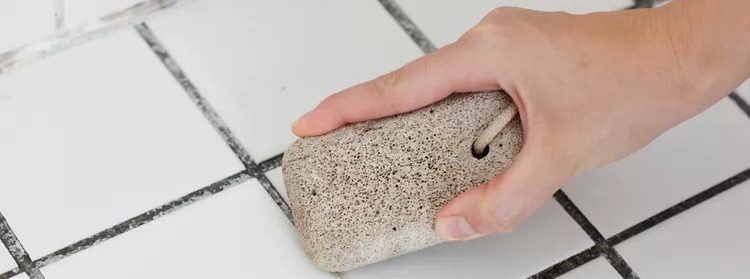
To get rid of stubborn soap scum buildup on a tile or porcelain surface, you can use a pumice stone. Before you begin, wet both the surface and the stone. Avoid using the stone when it’s dry because it can cause excessive scratching. Gently rub the damp stone over the soap scum in a small area. As the scum is transferred to the stone, rinse it in plain water and scrub it with a stiff-bristled brush. Remember, only use a pumice stone on a ceramic or porcelain tub, as it can permanently scratch an enamelled finish.
Conclusion: Soap Scum Removal
In conclusion, addressing soap scum in bathrooms is essential for maintaining a clean and inviting space, especially in high-traffic areas like hotels. Understanding the science behind soap scum formation, particularly its reaction with hard water minerals, emphasises the importance of preventative measures. Regular cleaning, the use of water softeners, and alternative cleaning products can effectively mitigate soap scum buildup. This article provides practical recommendations for various bathroom surfaces, from glass shower doors to fibreglass tubs, offering insights on suitable cleaning methods and products. Emphasising the significance of daily cleaning in hotel bathrooms, along with specific recommendations for different materials, ensures a proactive approach to combating soap scum and maintaining a pristine environment for a positive guest experience.
